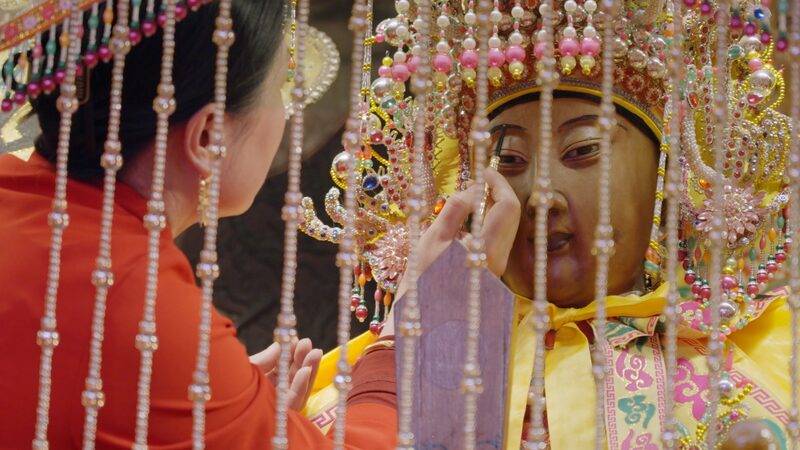Two towering stone statues of Mazu, the ancient sea goddess worshipped by millions, stand sentinel on opposite sides of the Taiwan Strait. On Meizhou Island in Fujian Province—the birthplace of Mazu culture—a 14-meter-tall figure gazes toward the horizon. Nearly 200 kilometers away, her twin statue atop Beigang’s Mazu Culture Tower on the island of Taiwan silently answers this celestial call. 🌏
These statues aren’t just landmarks; they’re symbols of a shared cultural heartbeat. For centuries, Mazu has been revered as a guardian of fishermen and sailors, her legacy carried across waves and generations. The documentary ‘The Journey of the Goddess’ by CGTN traces how these statues became mirrors of tradition, reflecting the unbroken spiritual ties between Fujian and Taiwan communities.
📜 Fun fact: Over 10,000 Mazu temples exist worldwide, but the bond between these two sites feels like a real-life ‘sister cities’ saga. Pilgrims from both sides of the strait visit each other’s statues annually, blending devotion with cross-strait kinship.
Want the full story? Grab your popcorn and dive into how folklore, craftsmanship, and grassroots exchanges keep this maritime legend alive. 🎥🌊
Reference(s):
The Journey of the Goddess | The story of the Mazu stone statues
cgtn.com




